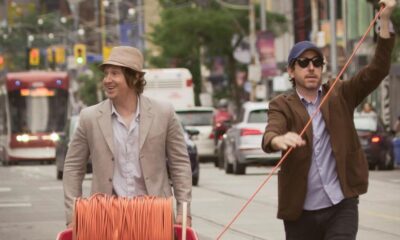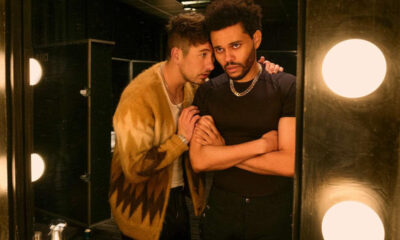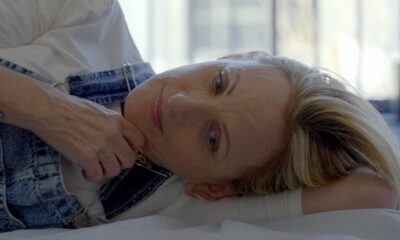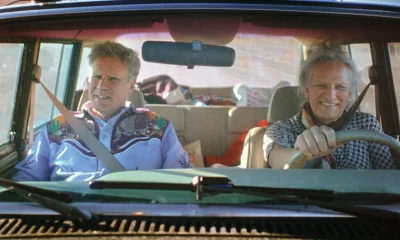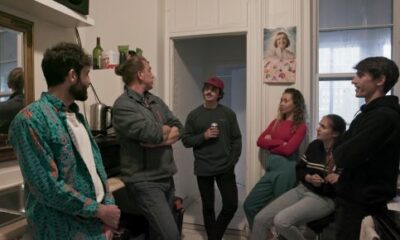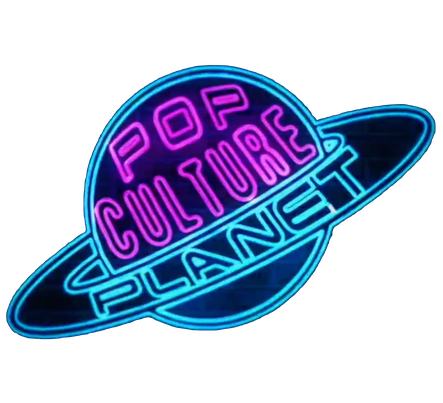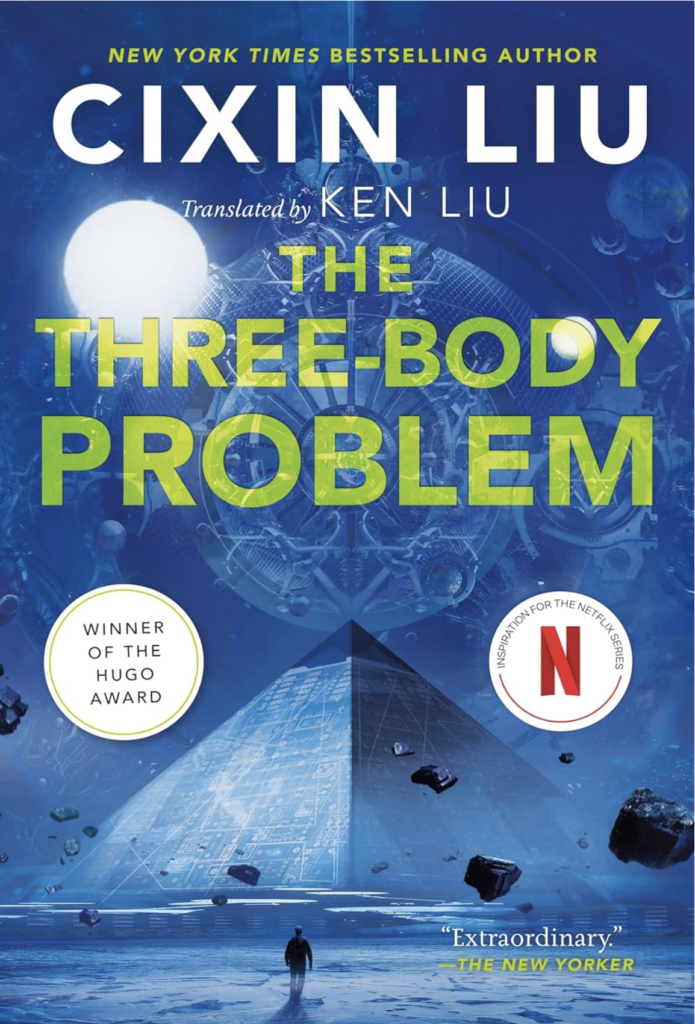DOCUMENTARIES
Dropping Pics for Drop the Needle
Filmmaker/actress Idalina Leandro discusses her archival photos of Toronto’s club scene coming to life in the film Drop the Needle
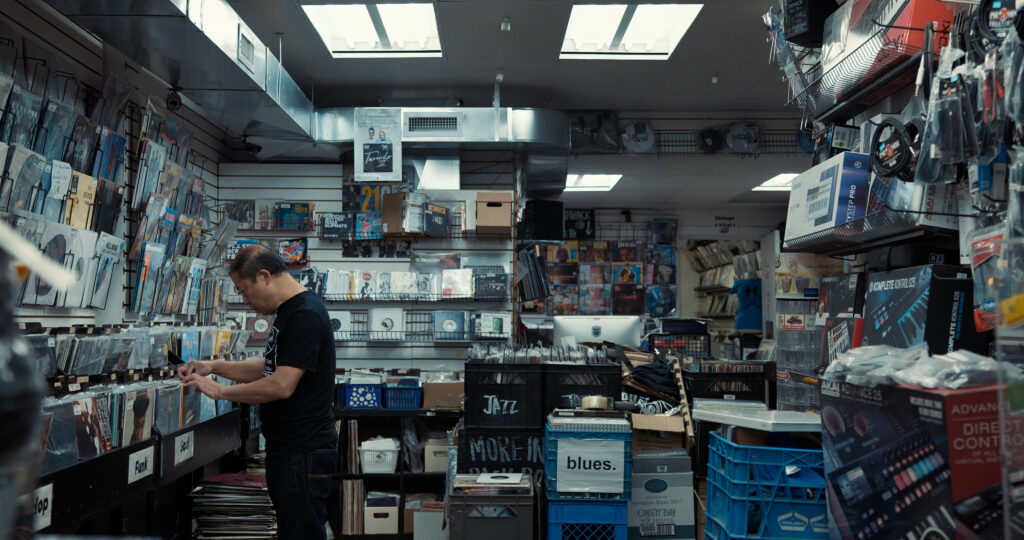

Director Rob Freeman has finally released the much-anticipated documentary about one of the musical institutions in Toronto. Drop the Needle focuses on the iconic Play de Record store that was built behind a unique head shop on Yonge St. The owner Eugene Tam was a massive fan of music and was in the business of selling records to DJs.
Right when Play de Record was built, Hip-hop, house and techno music was beginning to flood the clubs. The demand for these genres of music was at an all-time high. DJs such as Jason Palma, Starting from Scratch, Kenny Glasgow, Nick Holder and Chris Shepherd began to frequent this back-of-the-store record shop. It was the go to for many DJs to buy records and a non-classical learning centre for music. Play de Record will forever remain in the memories of all of us. It was the epicentre of influencing countless cultures.
Club Culture
One culture that Play de Record had a massive impact on and still has today is club culture. There was no doubt that DJs had to have the best and latest records to appease clubgoers during the late 80s and for the rest of the 90s. But we all have to remind ourselves that technology was not as sophisticated back in those days. Our cell phones were not able to record videos let alone take the pictures that they do today. Above all social media did not exist back then. It was quite difficult to document those vibrant times in the Toronto clubs.
Filmmaker/actress Idalina Leandro carried a camera during those days and was able to take photos of those great moments. Her photos are ever so important for a documentary filmmakers such as Rob Freeman. Searching for archival footage is necessary when you’re footnoting important aspects of history. Supporting interviews with historical pictures gives the subject more light to the audience. This is why Idalina’s photos are priceless when it comes to a documentary like Drop The Needle. Her pictures not only shaped the culture in Toronto but helped the city give it its name worldwide. We spoke with Idalina Leandro who spoke to us about her pictures in the documentary Drop The Needle.
An Interview with Idalina Leandro
FERNTV: What is your fondest memory of Play De Record?
Idalina: I wasn’t a DJ and I didn’t buy records so I didn’t need to go to Play De. But All my DJ friends would have lots of Play De Record bags and the name was always thrown around. It was a very popular place back then. Every time you passed by it you knew that was the place the DJs went to get their records.
FERNTV: How did you become involved with this Drop The Needle? How did director Rob Freeman source you out for your pictures?
Idalina: I used to be a rave photographer back in the ’90s. I was also the in-house photographer for Industry nightclub for a while. People asked me for photos in the past. Denise Benson used my photos for an article she did about the Toronto rave scene a few years ago. Gavin Bryan posts some of my DJ photos and credits me so my photos have been around.
Over a year ago, Rob Freeman posted some DJ photos asking who the photographer was. I contacted him letting him know that those were my pics. He then started asking me if I had video footage of the ’90s rave scene and what other pictures I had and it all went from there.
FERNTV: This is a two-part question. As a photographer what was it like to see your pictures in a documentary because it is always archival pictures that keep a documentary film rolling?
Idalina: I have to say that it was so cool to be part of such an epic documentary like Drop the Needle! Every time I saw my photo I would tap my friend to let him know ’That one is mine! It was very fun to see my pictures from so long ago come to life again.
FERNTV: Now as a filmmaker what was it like to see your pictures in a documentary because you always have to wonder where, when and why they will all be placed?
Idalina: As a filmmaker, I was impressed with the film. When Rob first asked me to use the pics I knew nothing about him or what the film would be like but he really made such a funny, heartwarming, and nostalgic documentary that I didn’t really care how he used the film. I am proud and lucky to be part of it. Great job and great use of pictures!
FERNTV: What were the pictures in this film taken for at the time?
Idalina: I started taking photos as a hobby. I always had a camera with me and I was a photography student at the time so my camera was attached to me and I took pictures for fun. Then people started asking to use them and I became the rave photographer. I then became the in-house photographer for Industry and then I shot for KlubLife magazine where I was the photo editor for a short period of time. And I would get commissioned to shoot independent raves every once in a while. Back then it was mainly Alex and me from Tribe magazine taking photos.


Technology
FERNTV: Can you comment on the camera you were using back then and how different the technology is today? What do you miss and don’t miss about those cameras?
Idalina: Back then I had a Pentax K100. I love that camera. It is still one of my favourites. Everything was manual and you used 35mm film so there would be plenty of changing film in very dark or stop-light situations. I got to be a pro at changing film without even looking. I loved the whole process of putting the film in, taking it out and going to develop the photos the next day and seeing the actual negatives and developing my own prints in the dark room. The older film cameras felt really solid and had a weight to them which I loved.
The pros to Digital cameras are that they are very convenient in terms of being able to see the photo right away. You can carry more photos on an SD card rather than a 24or 36 roll of film. But as a whole, I think the older model film camera looks cooler and has a certain quality in the film you can never get with digital unless you use a filter.
FERNTV: Can you comment on the photos you have in Drop The Needle?
Idalina: The black and white photo of Kenny Glasgow was taken on a boat cruise in the 90s. I can’t remember exactly which one but it was at the beginning of the boat cruise craze in the mid-’90s. I always got to go in the DJ booth to take photos and Kenny was a friend so I literally just hung out behind him for a while and got a few amazing shots. That particular one was so popular that Uncle Otis, a Stussy retailer back then, used it as this ad campaign in a few magazines. That was cool. It is one of the most used Kenny shots I have for sure.
The Peter and Tyrone shot was at Industry. If you were a regular, you would know that was in the beginning when they had the DJ booth in a little hot sweaty room. Every time I shot DJs in that booth, they would look very sweaty and hot and would wave themselves with their vinyl.
Matt C’s picture was also at Industry but when they moved the DJ booth to the stage. It’s cool to see the transitions of that place in my photos.
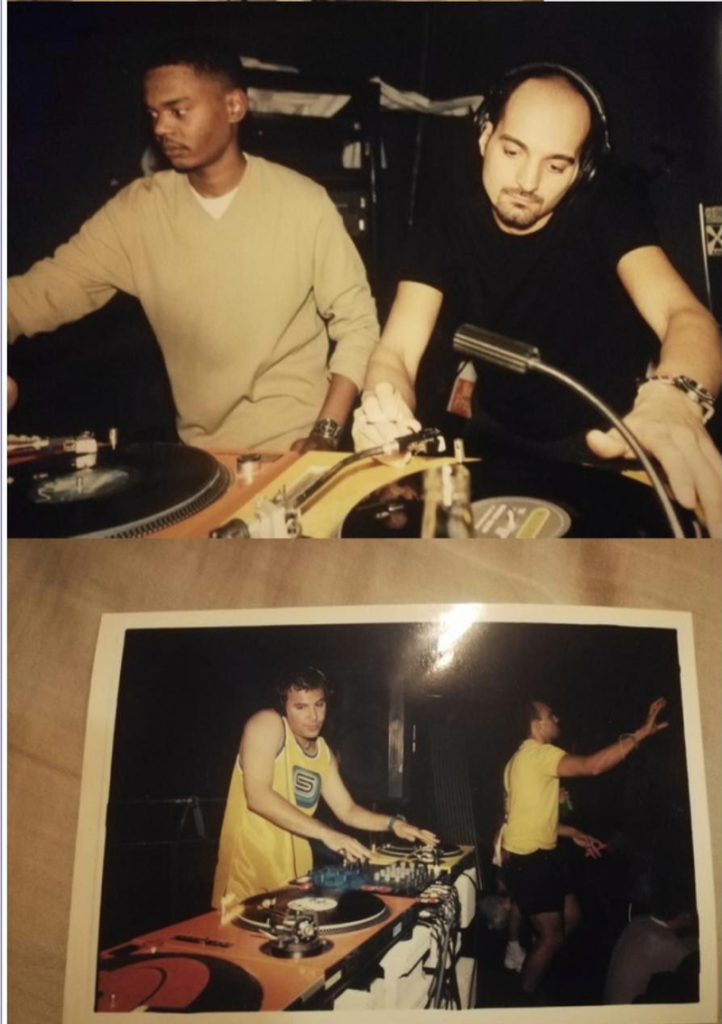

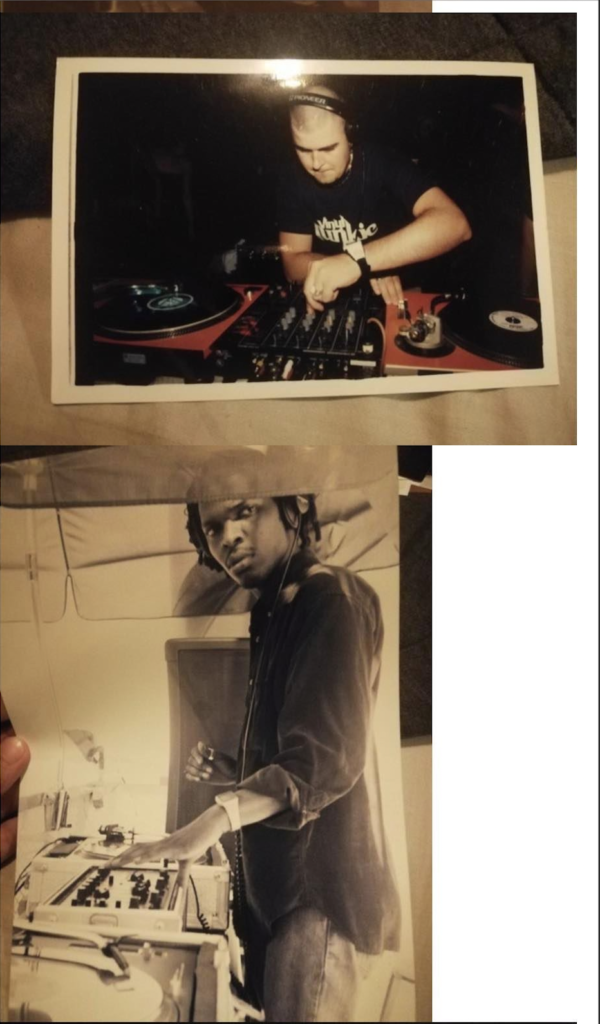

FERNTV: Can you comment on the fact that we were not able to film videos of the clubs and the sets we heard back in those days?
Idalina: The bouncers did not like my camera. Back then you could control who came in with video or camera devices. I would get in things with the bouncers all the time and have to call out someone to let me in the camera. Even if I told him I was there to shoot for Industry to Klublife. I think I eventually got a badge or something but it was hard in the beginning. Even if I was on stage taking photos I would have a bouncer tell me to stop and I would have flashed my badge or name-drop for them to let me continue. Then I pretty much got VIP stars to shoot anywhere.
In regards to the sets we heard back then, they were pretty epic. I remember the closing party at Industry with Danny Tenaglia, we were there for hours upon hours and he wouldn’t stop. It was amazing. I think Alex captured a few cool moments from that night for Tribe. There are too many to list here but I listen to some of the music from back then and some of the time timeless.
FERNTV: What is it like to be part of Toronto’s iconic club history and can you comment on what it is like today?
Idalina: At the time, I didn’t realize what was happening and that that era would become so iconic. I was just having fun and doing what I loved. Now when I look at the hundreds of photos that I have It feels pretty cool to be part of such a historic time in Toronto. We had such iconic and good DJ’s coming through Toronto.
I don’t really know the scene that much anymore. I just go to Electric Island in the summers to do the Hippie Market with Nights into Mornings. When I am there though, it reminds me of those days. It’s the same energy I think of people coming together to dance and listen to good music and have fun. Toronto still gets prime DJs coming through it. That hasn’t changed.
www.herfilmcompany.com
www.anopenconversationdoc.comwww.filmfatales.org/directors/idalinaleandro
www.instagram.com/iamidalinaleandro/
www.instagram.com/herfilmcompany


-

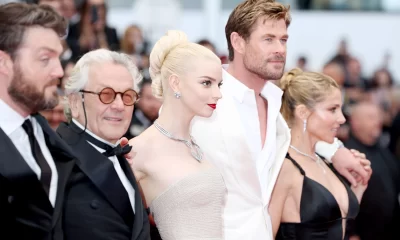

 ACTORS/ACTRESSES11 months ago
ACTORS/ACTRESSES11 months agoFuriosa Gets a Stunning 7-Minute Standing Ovation @Cannes 2024
-

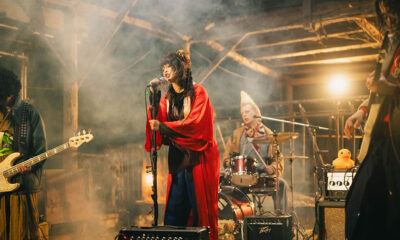

 FEATURES7 months ago
FEATURES7 months agoThe Gesuidouz Rocks Up @TIFF 2024
-

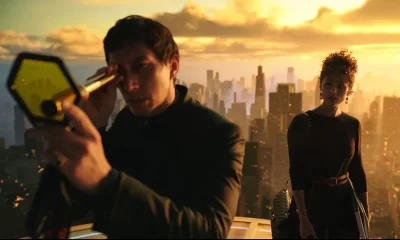

 ACTORS/ACTRESSES11 months ago
ACTORS/ACTRESSES11 months agoMegalopolis Receives Massive 10-minute Standing Ovation @Cannes 2024
-

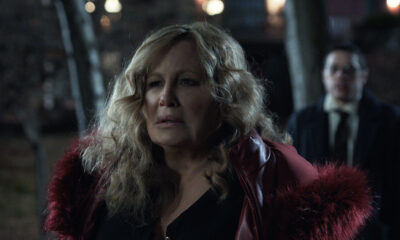

 FEATURES9 months ago
FEATURES9 months agoRiff Raff Set to Ruffle Feathers @TIFF 2024
-

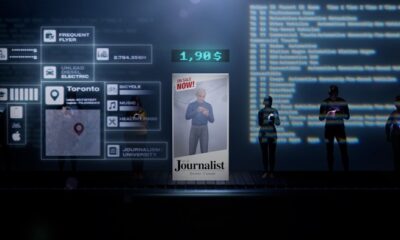

 DOCUMENTARIES12 months ago
DOCUMENTARIES12 months agoClick Trap Reveals Truth @Hot Docs 2024
-



 ACTORS/ACTRESSES11 months ago
ACTORS/ACTRESSES11 months agoKinds of Kindness Receives A Mere 4.5 Minute Standing Ovation @Cannes
-

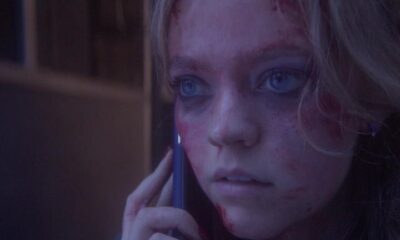

 ACTORS/ACTRESSES11 months ago
ACTORS/ACTRESSES11 months ago#AMFAD: All My Friends Are Dead @Tribeca 2024
-



 DOCUMENTARIES11 months ago
DOCUMENTARIES11 months agoMyriam El Hajj’s Diaries from Lebanon@Hot Docs 2024


